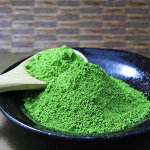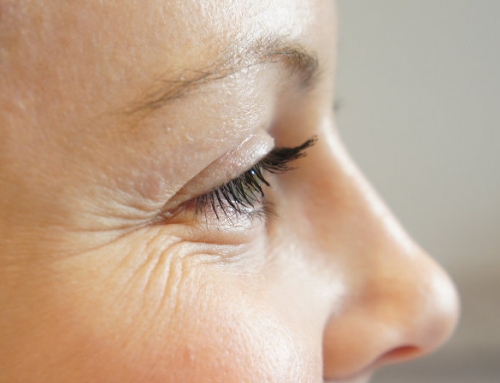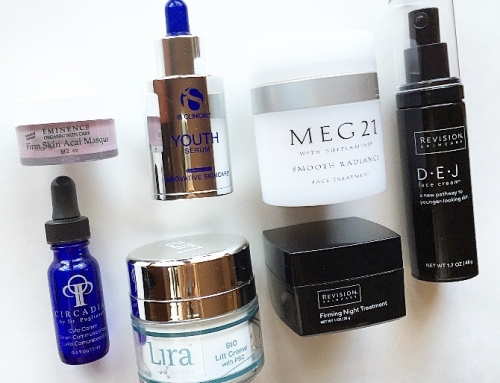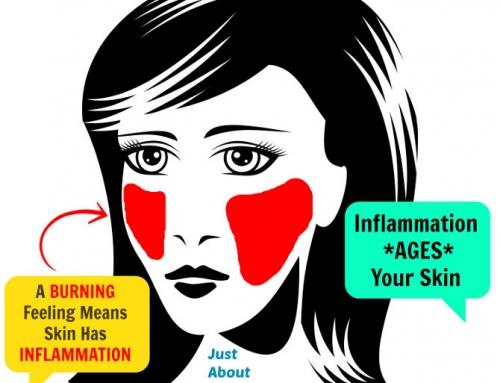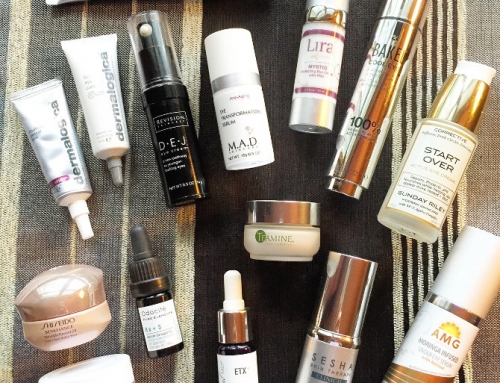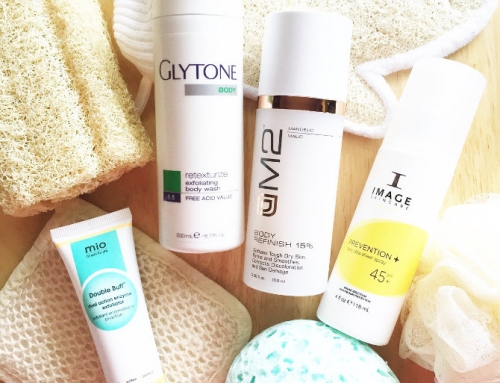Yesterday I introduced the topic of Indirect Antioxidants. One of their roles is activating your body’s detox enzymes, the Phase II enzymes.
As you can imagine, detox enzymes are vital for good health. We accumulate toxins in our body from what we eat, what we inhale from our environment, and what comes into contact with our skin.
So how does our body get rid of these toxins? The liver and kidneys are the primary organs for removing waste. But inside our cells, we have other methods of clearing out waste.
Anti-Aging Strategy: Increase Detox Enzymes to Reduce Cellular Garbage
One strategy for slowing down skin aging is to reduce cellular garbage.
Cellular garbage is exactly what it sounds like. Waste products that the cells produce and don’t need. Cells have various ways of getting rid of garbage.
Over time though, waste disposal becomes inefficient. Cells accumulate cellular garbage because the body’s detox machinery slows down (like everything else with age).
Sluggish cellular activity is one cause of aging skin. A good example is Lipofuscin, an age pigment produced by cellular garbage that leads to age spots.
What can we do to reduce cellular garbage? Boost the activity of these detox enzymes.
Role of Phase II Enzymes – ‘Garbage Collector’
As detox enzymes, Phase II enzymes help remove toxins. They target carcinogens and other toxins, and move them into the bloodstream, where they are then carried away as garbage.
You can think of Phase II enzymes as the garbage collectors of the cell.
Phase II enzymes are activated by indirect antioxidants.
Phase II Enzyme Boosters
Now that we know Phase II enzymes can help with aging, what can we do to increase them?
Fortunately, there are quite a few foods we can eat.
These chemical compounds, the indirect antioxidants, are particularly good at boosting Phase II enzymes:
 Sulforaphanes
Sulforaphanes
Found in cruciferous vegetables in the brassica family – cabbage, broccoli, cauliflower, Brussels sprouts, kale, broccolini. These vegetables stink when you cook them – their smell is due to their high sulforaphane content.
The easiest way to get these Phase II Enzyme Boosters into your skin is to eat these foods!
Next time, I’ll go over Antioxidant Enzymes, which quench destructive oxygen radicals.
Related Article: Indirect Antioxidants



